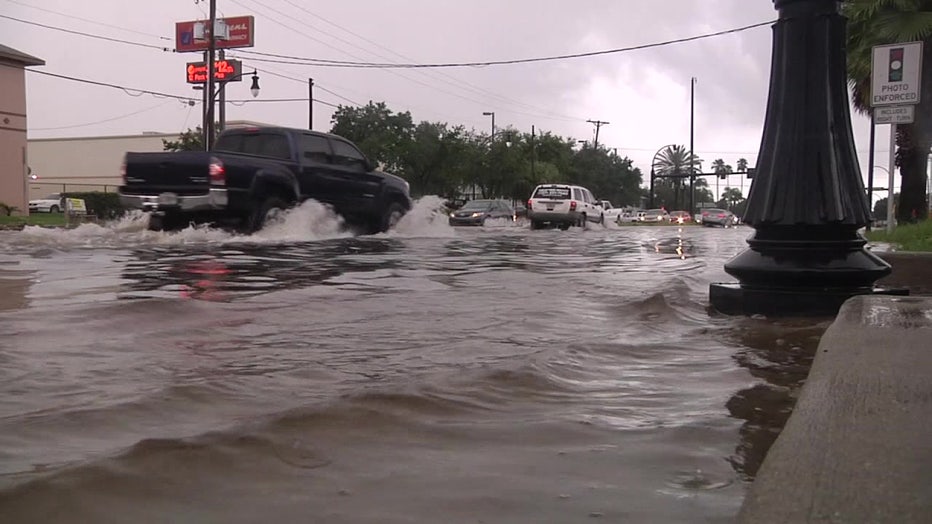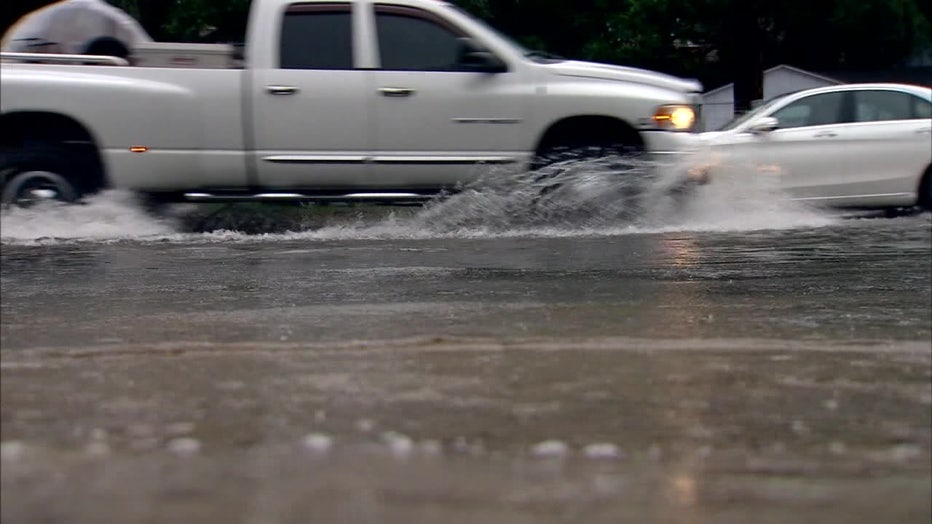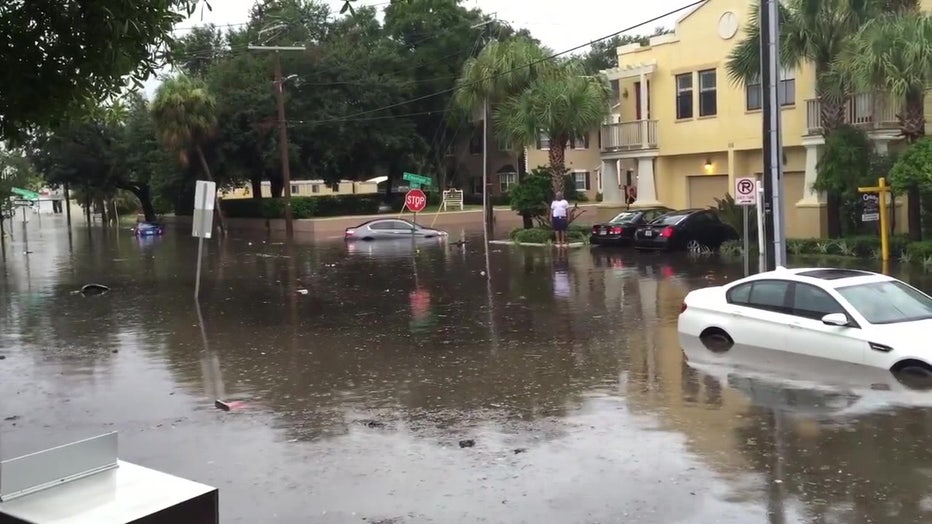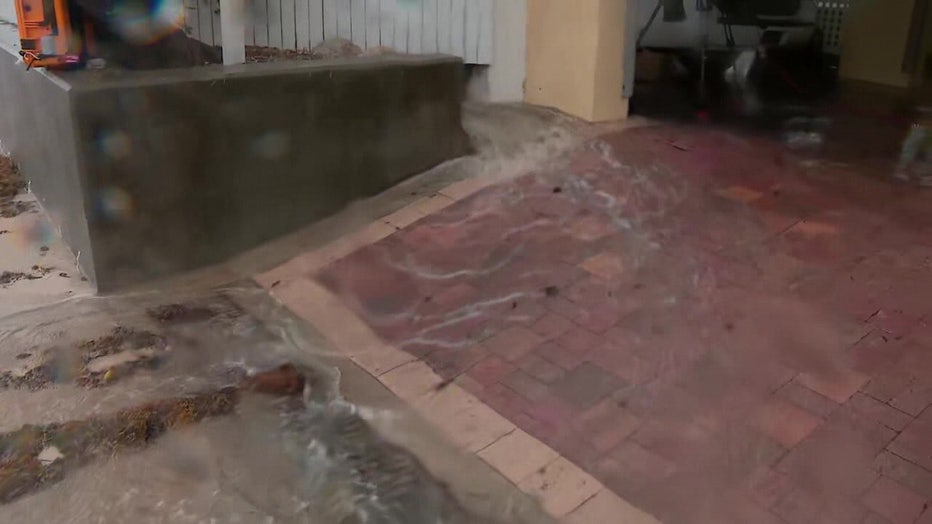Flood insurance premiums may decrease for Bay Area residents
TAMPA, Fla. - Over the last year and a half, a lot of Floridians may have seen some changes in their flood insurance policies.
FEMA rolled out the change to its National Flood Insurance Program and how flood insurance policy rates are calculated.
The agency rolled out Risk Rating 2.0 in two phases. The first phase began in October 2021, requiring new policies were subject to the new rating method.

Vehicles drive through flooded street.
It says the second phase began requiring all remaining policies that were renewed on or after April 1, 2022, to be subject to the new rating method.
The change has actually caused some peoples’ premiums to go down though. FEMA said the new rating method is more specific to each individual policy owner and their property.
"There are a couple of zip codes in Hillsborough County that are going to hit really hard based on proximity to water and some based some flood statistics in terms of prior flooding," Ron Assise, the senior vice president of the Horton Group, said.
READ: Report: $13.4 billion needed to protect Tampa Bay from rising seas and frequent flooding
Assise said the vast majority of people in Hillsborough County would see their rate go down or go up by $10 per month or less.

A truck drives through water.
He said the Risk Rating 2.0 is the first big change to FEMA’s insurance program in 50 years.
"It really was it was a much more broad and average approach to how flood policies were rated on a county basis and a zip code basis without utilizing a lot of data that had been collected in the last 50 years," he said.
READ: Tampa leaders, power company getting ahead of street flooding, power outage issues
FEMA said it now takes more factors into account when determining flood insurance premiums, like different flood risk variables and property characteristics.

File: Flooded street.
Assise said this new rating method will actually keep policyholders with lower-risk homes from subsidizing those with higher-risk homes.
READ: New to Florida? Here’s a guide to help prepare for your first hurricane season
"So those that had a really low risk of flood actually saw premiums go down, and those that saw a really high risk of a flood would no longer be subsidized by the low-risk people," Assise said.
FEMA says the Risk Rating 2.0 method now applies to all new and renewing policies.

Assise said when buying a home, it’s important to see if the previous owner has an existing flood policy you can take over. He said this could save you thousands of dollars.
FEMA said there are still limits to keep most rates from going up more than 18% a year.

